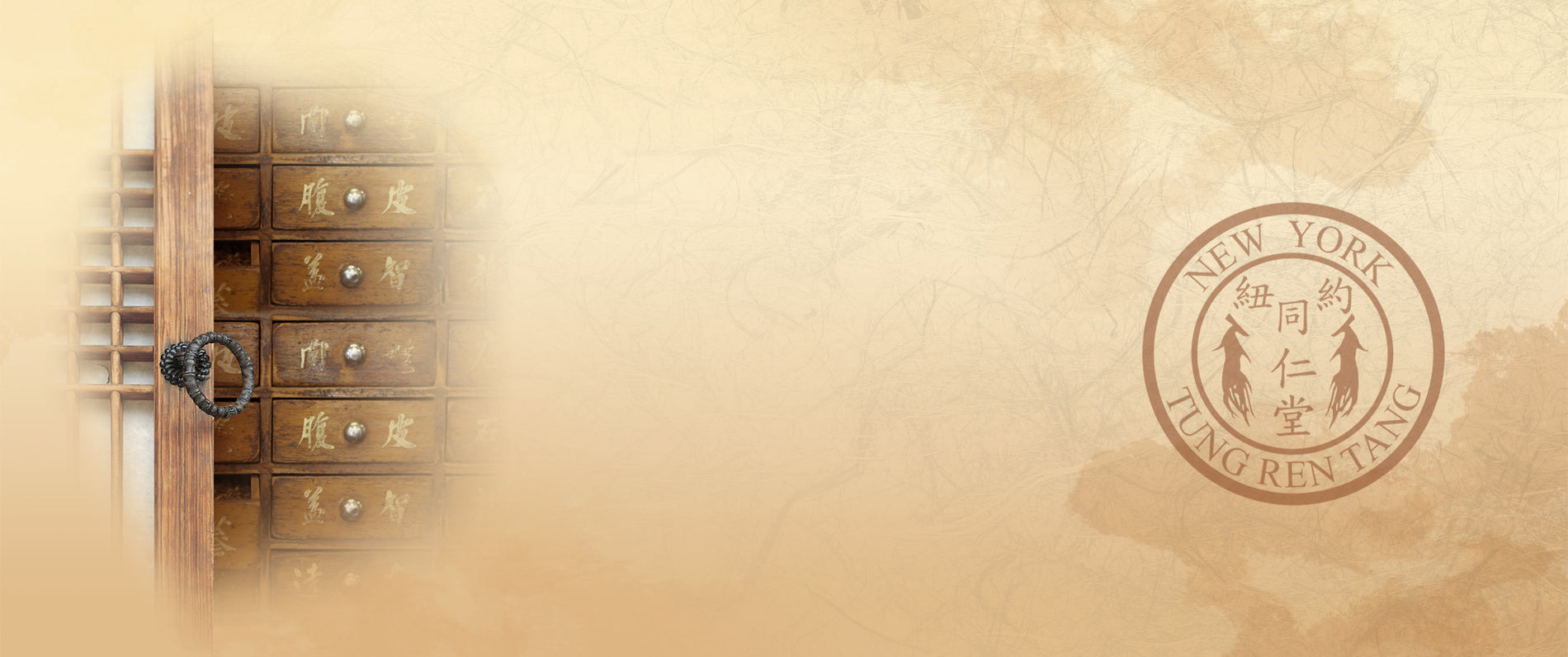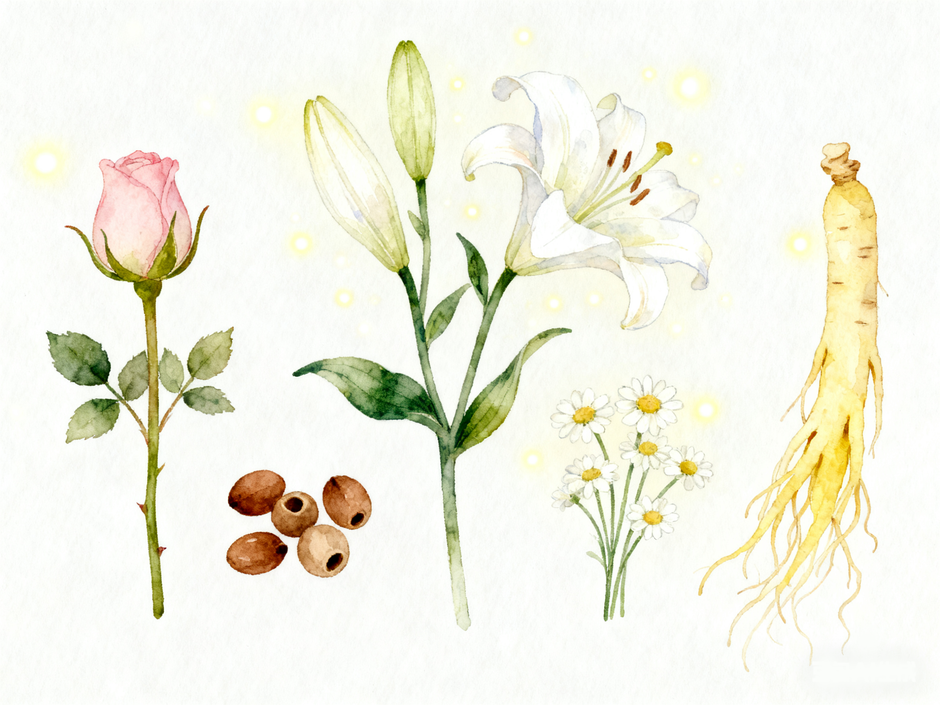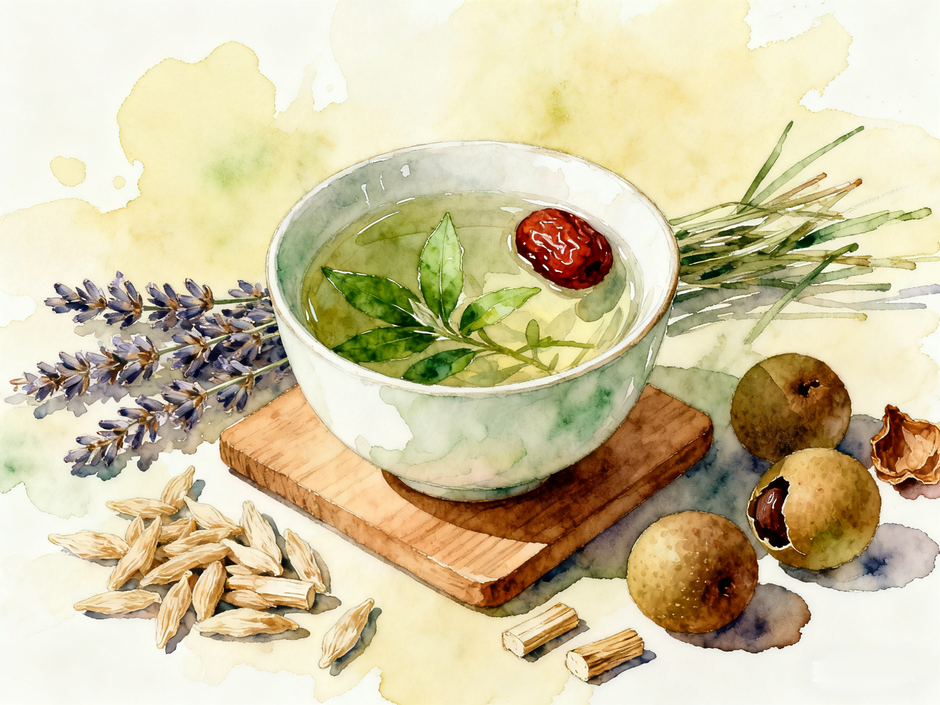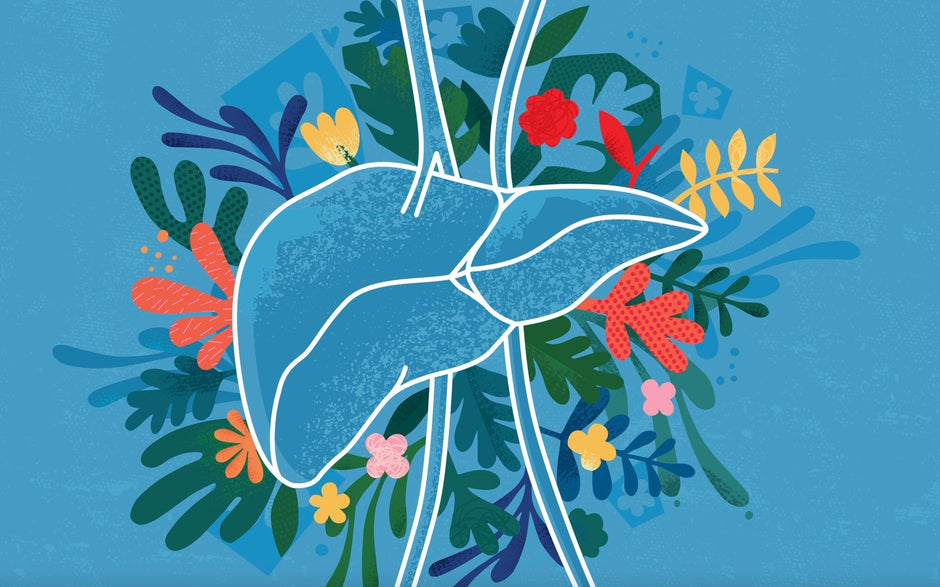你是否曾注意到,一颗核桃仁的形状酷似人类的大脑?或是一颗蚕豆的模样与肾脏如出一辙?这并非巧合。在东西方的传统医学智慧中,这种“以形补形”的观念普遍存在,在西方被称为“象形草药理论”,而在中医文化中,也有着异曲同工的哲学思想。
Have you ever noticed that a walnut kernel bears a striking resemblance to the human brain? Or that a kidney bean looks just like a human kidney? This is no coincidence. In the wisdom of both Eastern and Western traditional medicine, the concept of "like supports like" is prevalent. In the West, it's known as the "Doctrine of Signatures," while in Chinese culture, a similar philosophy exists.

📜 什么是象形草药理论?| What is the Doctrine of Signatures?
象形草药理论是一种古老的信条,认为大自然在植物、矿物上留下了“签名”,暗示其治疗的器官或疾病。植物因其外形、颜色或质地与人体某部分相似,而被认为对该部位有疗效。
The Doctrine of Signatures is an ancient doctrine that suggests nature has marked plants and minerals with a "signature" indicating the organ or disease they can treat. Plants that resemble a part of the human body in shape, color, or texture are believed to be beneficial for that specific part.
中医的“以形补形” 是中医食疗中的一个经验性概念,即食用外形与人体某器官相似的食物,可以滋补该器官。虽然这不是中医的核心辨证理论,但它深深根植于民间传统,并在一定程度上与中药的“取象比类”思维模式相契合。
"Taking Shape to Tonify Shape" (以形补形) in Traditional Chinese Medicine is an empirical concept within dietary therapy, suggesting that consuming foods that resemble a human organ can nourish that organ. While not a core principle of TCM pattern differentiation, it is deeply rooted in folk tradition and aligns to some extent with the TCM thinking model of "Drawing Analogies from Appearances."
🧠 经典案例解析 | Classic Case Studies
-
核桃补脑 | Walnut for the Brain
-
象形 | Signature: 核桃仁的褶皱外形极像大脑的两个半球。
-
中西方印证 | TCM & Western Validation:
-
中医认为 | TCM View: 核桃性温,味甘,归肾、肺、大肠经。能补肾固精,温肺定喘,润肠通便。而“肾主骨生髓,通于脑”,补肾即能益髓填脑。因此,核桃确实用于改善记忆力、延缓脑衰老。
-
现代科学 | Modern Science: 核桃富含Omega-3脂肪酸、抗氧化剂和多种维生素,这些营养素被证实对大脑健康和认知功能至关重要。
-
-
-
蚕豆与肾 | Kidney Bean for the Kidney
-
象形 | Signature: 蚕豆的形状与人体肾脏几乎一模一样。
-
中西方印证 | TCM & Western Validation:
-
中医认为 | TCM View: 蚕豆(或称佛豆)性平,味甘,归脾、胃经。主要功效是健脾利湿,和中下气。它通过调理脾胃功能来辅助运化水湿,间接对肾脏的水液代谢产生积极影响。
-
现代科学 | Modern Science: 蚕豆是优质的植物蛋白和膳食纤维来源,富含钾、镁等矿物质,对维持体内电解质平衡和血压稳定有好处,这与肾脏功能密切相关。
-
-
-
肝形草与肝 | Liverwort for the Liver
-
象形 | Signature: 肝形草的叶片形状类似肝脏。
-
中西方印证 | TCM & Western Validation: 在西方草药学中,它历史上被用于治疗肝脏疾病。在中医中,有类似功效的“柴胡”、“茵陈”等草药,虽外形不似肝脏,但因其味苦、性微寒,根据“苦味入心”、“清泻”的理论,被用于疏肝解郁,清利湿热。
-
-
眼药草与眼 | Eyebright for the Eyes
-
象形 | Signature: 眼药草的花朵中心有黄色斑点,形似人眼的瞳孔与虹膜。
-
中西方印证 | TCM & Western Validation: 在西方,它自古用于洗眼和治疗结膜炎。在中医里,枸杞子和菊花是经典的明目组合。枸杞子色红,滋补肝肾之阴以明目;菊花轻清上行,疏散风热以清肝明目。这是基于脏腑经络理论,而非单纯外形。
-
💡 理论的价值与局限 | Value and Limitations of the Theory
-
价值 | Value:
-
文化桥梁 | Cultural Bridge: 它是一个迷人的文化视角,帮助我们理解先民如何观察自然并与之互动。
-
记忆线索 | Mnemonic Device: 它可以作为学习和记忆草药功效的一个有趣辅助工具。
-
哲学启发 | Philosophical Inspiration: 它体现了“天人相应”的整体观,即人与自然是相互关联的统一体。
-
-
局限与警示 | Limitations & Cautions:
-
并非绝对 | Not Absolute: 许多最有效的中草药并不符合这一理论(例如,人参不似任何器官,却能大补元气)。三七活血化瘀,天麻平肝熄风,其功效与外形并无直接关联。
-
可能误导 | Can Be Misleading: 盲目遵循“以形补形”可能是危险的。例如,食用动物“腰子”并不能直接治疗肾病,反而可能因其高胆固醇带来负担。
-
科学验证是关键 | Scientific Validation is Key: 现代药理学研究才是确认草药有效性和安全性的金标准。象形理论最多是一个起点,而非终点。
-
🌱 结语 | Conclusion
象形草药理论和中医的“以形补形”为我们提供了一个窥探传统智慧的迷人窗口。它们告诉我们,我们的祖先是以一种诗意且充满联想的方式理解世界的。然而,在拥抱这份古老智慧的同时,我们必须结合现代科学的严谨,理性看待。下次当你手捧一颗核桃时,你既可以欣赏其与大脑的精妙形似,更能从科学和传统医学的角度,理解它为何是真正的“健脑美食”。
The Doctrine of Signatures and TCM's "Taking Shape to Tonify Shape" offer us a fascinating window into traditional wisdom. They remind us that our ancestors understood the world in a poetic and associative way. However, while embracing this ancient wisdom, we must also integrate the rigor of modern science for a rational perspective. The next time you hold a walnut, you can appreciate its clever resemblance to the brain, and, more importantly, understand from both scientific and traditional medical perspectives why it is truly a "brain food."
📚 参考文献 | References
-
Bennett, R. (2007). Doctrine of Signatures: An Explanation of Medical Botany and the Development of Human Physiology. Charles C Thomas Publisher.
-
高学敏. (2012). 《中药学》. 中国中医药出版社.
-
G., L. (2010). The Doctrine of Signatures: A Historical, Philosophical, and Scientific Review. The Bulletin of the Royal College of Pathologists, 151, 216–217.
-
Chevalier, A. (2012). Encyclopedia of Herbal Medicine: The Definitive Home Reference Guide to 550 Key Herbs with all their Uses as Remedies for Common Ailments. DK Publishing.







